BLOG POST
Where Do We Get Voltage?
Dexter Astorga October 19, 2023
In the intricate landscape of contemporary electronics, voltage acts as the silent force that animates every digital process. Whether it's the luminous display of a screen or the seamless data transfer within complex networks, voltage operates as the unseen conductor directing the symphony of modern technology. Beyond merely influencing electrical potential, it also has an impact on the fundamental operation and connectivity of our products.
In this article we will dive into the most primal sources of voltage and how one differs from one another.
1. Friction (The Triboelectric Effect)
Friction, often considered an impediment to smooth motion, has long been recognized for its remarkable ability to generate electrical charges. This phenomenon, known as the triboelectric effect, presents a fascinating insight into the generation of voltage from the interaction of two dissimilar materials. By unraveling the intricacies of friction-induced electrical charges, scientists and engineers have unveiled the potential of utilizing friction as a sustainable source of voltage, leading to groundbreaking advancements in various technological applications.
Friction-induced voltage, an intriguing manifestation of the triboelectric effect, occurs when two materials are rubbed together, resulting in the transfer of electrons between the surfaces. The process involves the redistribution of surface charges, with one material gaining electrons while the other loses them, thus creating an electric potential difference between the two surfaces. This separation of charges can lead to the generation of significant amounts of voltage, depending on the nature of the materials and the intensity of the frictional force applied.
In 2012, triboelectric nanogenerators (TENG) technology was introduced. In a study that was conducted by Dong Wook Kim, Ju Hyun Lee, Jin Kon Kim, and Unyong Jeong in 2020, named Material Aspects of triboelectric generation and sensors, they noticed that most researches on this field focuses on the design optimization of these TENGs technology as opposed to also tackling about the materials used to create these devices and that is what they touched on in their paper.

As of the writing, these are the most common designs for TENGs. Each suitable for certain applications. The contact-separation mode involves the cyclic contact and detachment between materials, leading to the generation of triboelectric charges; the lateral sliding mode employs the relative lateral motion between materials to induce surface charge redistribution and voltage production. The single-electric mode, on the other hand, utilizes the asymmetry in surface potential to create an electric potential difference, while the free-standing triboelectric layer mode utilizes the vertical contact and separation of layers, allowing for efficient energy harvesting. Each of these modes presents unique opportunities for optimizing TENG efficiency and expanding the scope of applications for self-powered systems, emphasizing the versatility and potential of TENG technology in enabling sustainable energy solutions.
Harnessing the power of friction-generated voltage has significant implications for energy harvesting technologies. By incorporating triboelectric nanogenerators (TENGs) into various systems, energy can be harvested from a diverse range of sources, such as human motion, environmental vibrations, and even natural movements in the environment. The ability to convert mechanical energy directly into electrical energy through friction provides a promising avenue for the development of self-powered sensors, wearable devices, and other portable electronics, enabling a more sustainable and self-sufficient future.
Despite the remarkable progress in the field, challenges remain in optimizing the efficiency and scalability of friction-based voltage generation. Enhancing the durability of triboelectric materials, improving the conversion efficiency of TENGs, and addressing the reliability of friction-based power sources are critical areas that require further research and development. Moreover, exploring novel material combinations, refining fabrication techniques, and fostering interdisciplinary collaborations are crucial steps in unlocking the full potential of friction as a sustainable and reliable source of voltage.
2. Pressure (The Piezoelectric Effect)
Pressure, often perceived as a force that compresses or distorts. The conversion of mechanical pressure into electrical voltage, an innovative phenomenon, has opened new vistas for sustainable energy harvesting. This is the piezoelectric effect. By delving into the intricacies of piezoelectric materials, scientists and engineers have unveiled the power hidden within pressure, propelling the development of transformative technologies capable of harnessing this renewable energy source efficiently and reliably.

The piezoelectric effect, a fundamental principle underlying the generation of voltage from pressure, occurs in certain materials that can produce an electric charge when subjected to mechanical stress or pressure. This phenomenon hinges on the intrinsic structure of crystals or certain ceramics, allowing for the conversion of mechanical energy into electrical energy and vice versa. By utilizing the inherent properties of these materials, it becomes possible to harness and transform the pressure exerted on them into a usable electrical voltage, thereby enabling a wide array of applications across various industries.
To show you how amazing piezoelectricity is, here is a study from Mohammad Al-Qaralleh titled Piezoelectric behavior of polarized fresh cement pastes under the effect of different direct current voltages . In the paper, he touched on the possibilities of increasing the piezoelectric properties of cement, the second most used material in Earth.
While significant progress has been made in the utilization of pressure as a source of voltage, challenges remain in optimizing the efficiency and scalability of piezoelectric energy harvesting systems. Improving the durability and sensitivity of piezoelectric materials, enhancing the conversion efficiency of pressure into voltage, and addressing the compatibility of such systems with different environments are critical areas that demand further research and development.
3. Heat (The Thermoelectric Effect)
Heat, often considered as a byproduct of various processes, holds the key to an alternative source of electrical energy through thermoelectric conversion. The ability to transform temperature differentials into usable voltage, a principle known as the thermoelectric effect, has gained traction in the realm of sustainable energy.
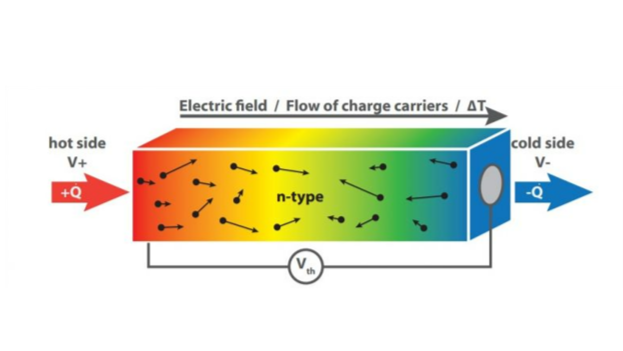
The thermoelectric effect, at its core, revolves around the conversion of temperature gradients into electric voltage. This phenomenon relies on thermoelectric materials that can generate electricity when exposed to a temperature difference. The process involves the movement of charge carriers from the hot side to the cold side of the material, resulting in the establishment of a voltage potential. By utilizing this principle, it becomes possible to tap into waste heat from various industrial processes, household appliances, and even natural sources, effectively converting it into a usable form of electrical energy.
In a study conducted by A.G. Olabi, Mohammed Al-Murisi, Hussein M. Maghrabie, Bashria AA Yousef, Enas Taha Sayed, Abdul Hai Alami, and Mohammad Ali Abdelkareem title Potential Applications of Thermoelectric Generators (TEGs) in Various Waste Heat Recovery Systems , they tapped in the topics of using the thermoelectric effect on generating voltage from different sources like heat exchangers, electric vehicles, and more
Despite the strides made in the field of thermoelectricity, challenges persist in enhancing the efficiency and cost-effectiveness of thermoelectric materials and devices. Improving the performance of thermoelectric materials, increasing the conversion efficiency of temperature differentials, and addressing the scalability of thermoelectric systems are critical areas that necessitate continued research and development.
4. Magnetism (The Principle of Electromagnetic Induction)
Magnetism, a fundamental force of nature, serves as an extraordinary source of electrical energy through the principle of electromagnetic induction. The conversion of magnetic fields into electrical voltage has revolutionized the landscape of power generation, propelling advancements in various technological applications. By understanding the intricacies of electromagnetic induction, researchers have tapped into the vast potential of magnetism as a reliable and sustainable source of voltage, paving the way for transformative developments in energy generation and transmission.
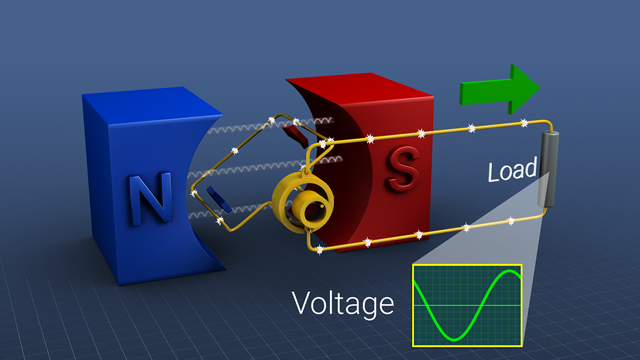
Electromagnetic induction, a cornerstone of modern electrical engineering, involves the generation of an electric current in a conductor when it is exposed to a varying magnetic field. This principle, elucidated by Faraday's law, highlights the dynamic relationship between magnetic flux changes and induced electromotive force, leading to the production of electrical voltage. By employing electromagnetic induction, it becomes possible to convert the kinetic energy of moving magnets or alternating currents into a usable form of electrical power, thereby enabling the operation of a diverse range of electrical devices and systems.
Apple has a great example of this, the Magsafe. This is apples cordless charging. Here’s a related article on how it works. Apple first used the magsafe in 2006 for MacBooks but phased it out eventually, with the introduction of the iPhone 12, they reintroduced the technology to the masses.
Despite the significant progress made in the field of electromagnetic induction, challenges persist in optimizing the efficiency and scalability of magnetic-based energy generation systems. Enhancing the design and performance of electromagnetic devices, minimizing energy losses during conversion, and addressing the complexities of integrating magnetic technologies into existing infrastructure are crucial areas that warrant further research and development. Moreover, exploring advanced magnetic materials, refining manufacturing processes, and fostering interdisciplinary collaborations are imperative steps in unlocking the full potential of magnetism as a reliable and efficient source of voltage generation.
5. Light (The Photovoltaic Effect)
Light, the fundamental constituent of our visual perception, embodies a remarkable potential to serve as a source of electrical energy through photovoltaic conversion. The ability to convert light energy into electrical voltage has catalyzed a paradigm shift in the field of sustainable energy, driving innovations in photovoltaic technologies and renewable energy solutions. By delving into the intricacies of photovoltaic materials and the photovoltaic effect, researchers and engineers have uncovered the vast potential of light as a dependable and eco-friendly source of voltage, paving the way for a sustainable and brighter future.
The photovoltaic effect, a fundamental principle underlying the conversion of light into electricity, involves the generation of an electric current or voltage in a material upon exposure to photons. This process relies on the semiconductor properties of photovoltaic materials, allowing the absorption of photons to release electrons and create an electric potential difference. By harnessing this effect, it becomes possible to capture and convert sunlight, as well as other forms of light, into usable electrical energy, thereby facilitating the development of efficient solar cells and photovoltaic systems for a wide range of applications.
How one photovoltaic cell works.
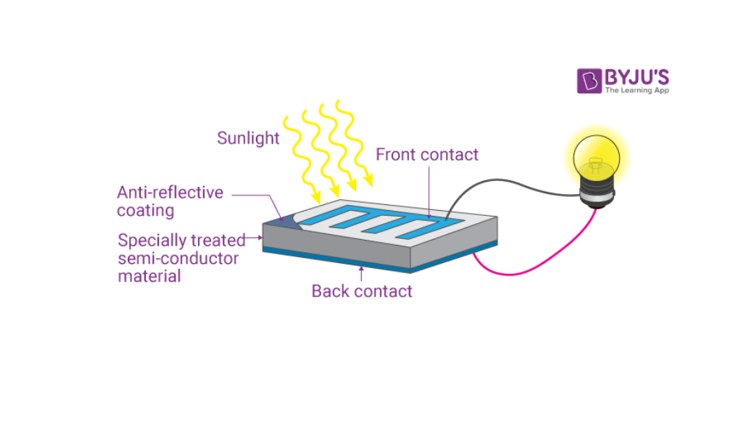
PV panels in a household setting.
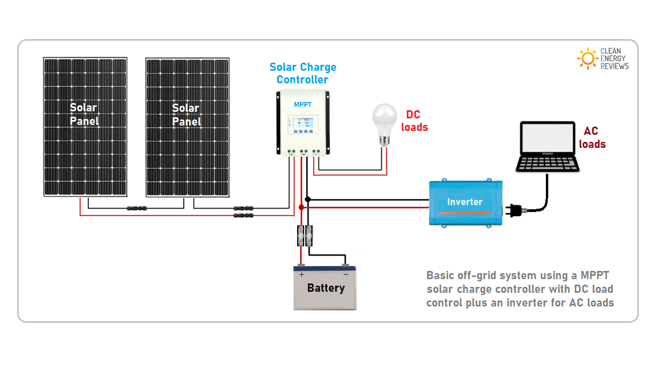
In a study by Vedat Kiray, she touched on the energy loss that exists because of poor installation practices of PV cells in the residential roofs and suggested a solution of applying Sun Tracking Systems to overcome the problem, in her article A Research Study to Increase Usage of PVs in Residential Areas .
The harnessing of light-generated voltage has profound implications for renewable energy generation and sustainability. From large-scale solar farms that harness sunlight to generate electricity for communities and industries to the integration of photovoltaic panels in residential and commercial buildings for on-site energy production, the application of photovoltaic technology has redefined the dynamics of clean energy adoption and environmental conservation. This capability has contributed to the reduction of greenhouse gas emissions, the promotion of energy independence, and the advancement of a more sustainable and resilient energy infrastructure.
Despite the significant progress made in the field of photovoltaics, challenges persist in enhancing the efficiency and affordability of solar energy technologies. Improving the performance and stability of photovoltaic materials, reducing manufacturing costs, and addressing the intermittency of solar energy are critical areas that demand ongoing research and development. Moreover, exploring advanced material designs, optimizing energy storage solutions, and promoting collaborative initiatives across industries and academia are imperative steps in realizing the full potential of light as a reliable and efficient source of voltage generation.
6. Chemicals (The Electrochemical Process)
Chemicals, the fundamental building blocks of matter, hold a significant potential to serve as a source of electrical energy through various electrochemical processes. The conversion of chemical energy into electrical voltage has paved the way for advancements in battery technology and energy storage systems, playing a crucial role in powering a wide array of electronic devices and facilitating the transition towards sustainable energy solutions. By delving into the intricacies of redox reactions and electrochemical cells, researchers and engineers continue to uncover the vast potential of chemicals as a reliable and versatile source of voltage, propelling the development of efficient and eco-friendly energy storage solutions.
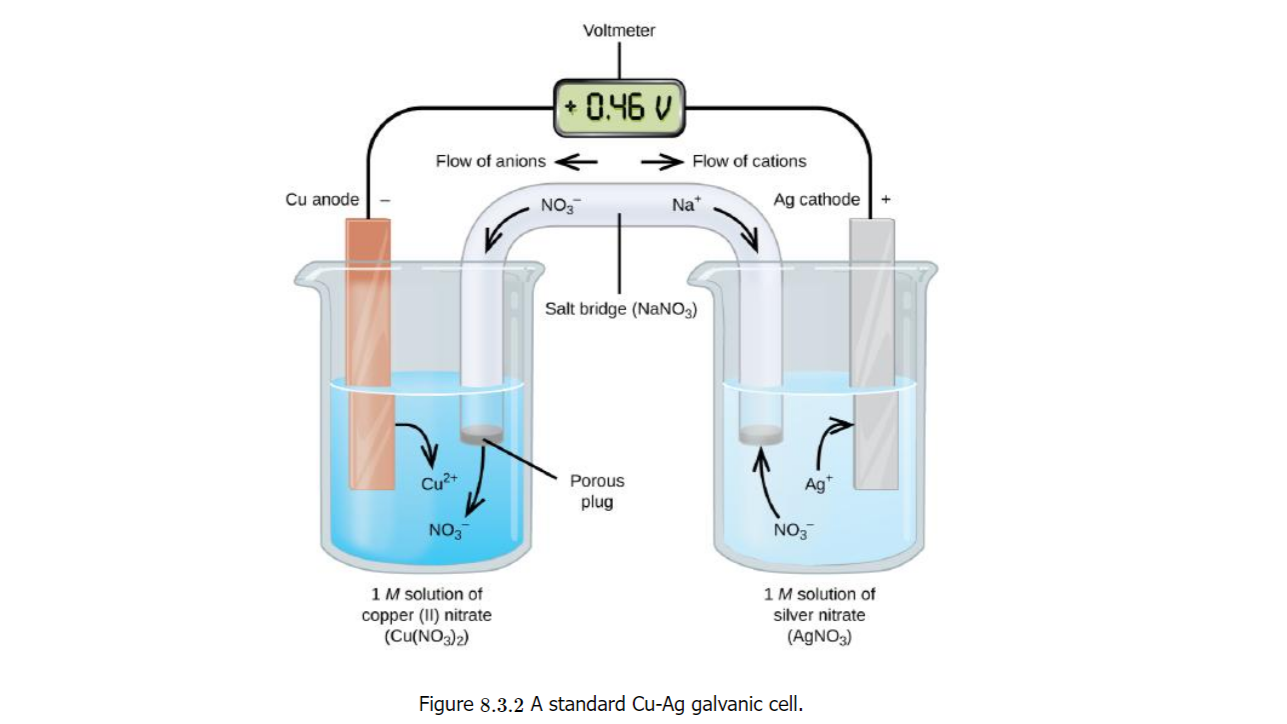
Electrochemical processes, the cornerstone of chemical energy conversion, involve the transfer of electrons between chemical species, leading to the production of an electric potential difference. This principle forms the basis of various energy storage technologies, such as batteries and fuel cells, which utilize redox reactions to store and release electrical energy. By harnessing the inherent chemical properties of different materials and electrolytes, it becomes possible to extract electrical voltage from a diverse range of chemical compounds, enabling the efficient storage and utilization of energy for various industrial, commercial, and residential applications.
The study Low-cost, Environmental-Friendly Galvanic Cells by Mohammad Ali Amayreh talks about the development of new galvanic cells that are cheap and do not harm the environment.
The harnessing of chemical energy as a source of voltage has profound implications for energy storage and management. From rechargeable batteries that power portable electronics and electric vehicles to large-scale energy storage systems that support grid stability and renewable energy integration, the application of electrochemical processes has revolutionized the dynamics of energy storage and distribution. This capability has contributed to the optimization of energy use, the reduction of reliance on fossil fuels, and the promotion of a more sustainable and resilient energy infrastructure.
Despite the significant progress made in the field of electrochemical energy storage, challenges persist in enhancing the efficiency, lifespan, and safety of battery technologies. Improving the energy density and cycle life of batteries, minimizing the use of rare and environmentally harmful materials, and enhancing the recyclability of battery components are critical areas that warrant ongoing research and development. Moreover, exploring novel electrolyte chemistries, optimizing manufacturing processes, and promoting interdisciplinary collaborations are imperative steps in realizing the full potential of chemicals as a reliable and efficient source of voltage generation.
In the dynamic landscape of modern technology, the diverse sources of voltage have become the keystones of sustainable and efficient energy solutions. From harnessing the power of friction and pressure to unlocking the potential of heat, magnetism, light, and chemicals, the journey of voltage generation embodies the relentless pursuit of cleaner, more accessible, and reliable energy resources. As we continue to delve deeper into the complexities of these phenomena, it becomes evident that the future of energy lies not in a singular source, but in the harmonious integration of various voltage-generating principles. Through continuous research, technological innovation, and collaborative efforts, we can pave the way for a more sustainable and resilient energy infrastructure, ensuring a brighter and more promising future for generations to come.